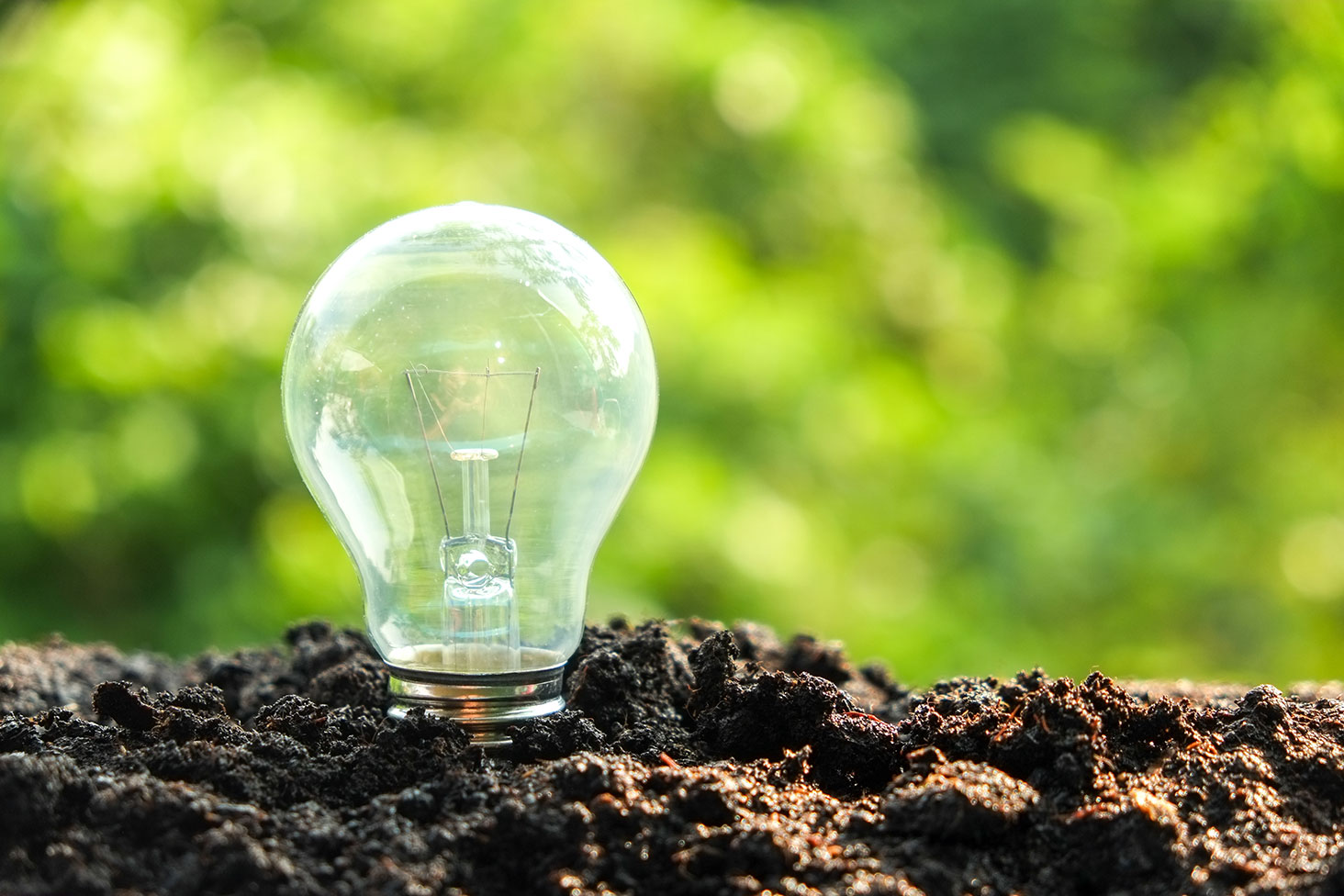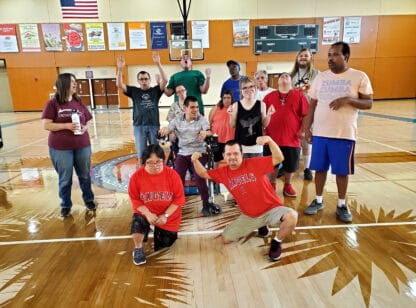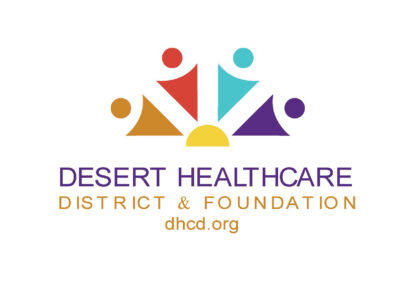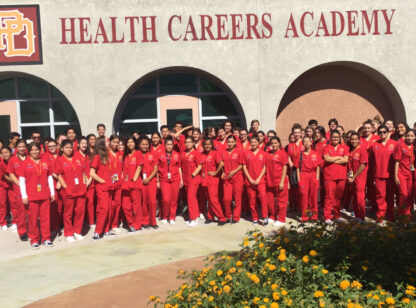One thing we all have in common is the way we buy our electricity and how that electricity is delivered. Thank you, SoCal Edison, PG&E, SDG&E, ConEd, etc., for helping us to sleep a little better at night knowing that you are there. The utilities have built the energy foundation on which our country runs. When you step back and think about what we call “the grid,” it is truly an amazing achievement. The grid is comprised of hundreds of thousands of miles of wires, poles, transmission towers, and sub-stations connecting users to giant power plants across the states. This system, which has been developed by the utility companies to deliver energy, is called a centralized energy model. This means power is generated in central locations, primarily by burning finite fossil fuels, and is transmitted hundreds of miles to users throughout the country. However, in the future this tried and true energy delivery will be outdated due to our changing energy and environmental needs.
New technologies that rely on renewable energy sources and provide more efficient methods of generating, delivering and storing energy are the future. Many of these technologies have not yet become mainstream due to high costs and need for continued R&D, much like new drug therapy trials overseen by the Federal Drug Administration (FDA). The good news is that the technology for capturing and converting the sun’s energy into electricity (solar photovoltaic) has finally become cost effective enough for everyone to use, and can work congruently with the existing utility infrastructure. This phenomenon is called ‘grid parity.’ The costs associated with electricity from solar energy are now the same as, or less than, the electricity supplied by traditional utilities.
Unlike fossil fuel-generated electricity, solar power uses a distributed energy model. Power is generated right where it is needed for a home or business, using a renewable energy source, the sun. Not only is solar power more efficient because of its simplicity, but also it is as predictable as the sun rising and setting every day. And there’s a minimal carbon footprint. These aspects make it an important alternative energy source for the future.
As we move into the future, sustainability will become increasingly important. This applies to all aspects of our lives. Sustainable farming practices give us higher quality food and are better for the environment. Eating foods that are locally grown is more efficient than having food delivered from half way across the country by fossil fuel-burning trucks and retains more nutritional value. The costs associated with producing food this way are actually less. Solar energy is similar. People can choose to generate their energy at home from a sustainable source. The costs are the same or less than utility company costs and are stabilized due to the efficiency and predictability of rooftop solar.
Josh Bennett is a NABCEP trained solar consultant with Solar City. He has a passion for sharing environmental sustainability education and can be reached at (760) 534.3978.

















































Comments (0)